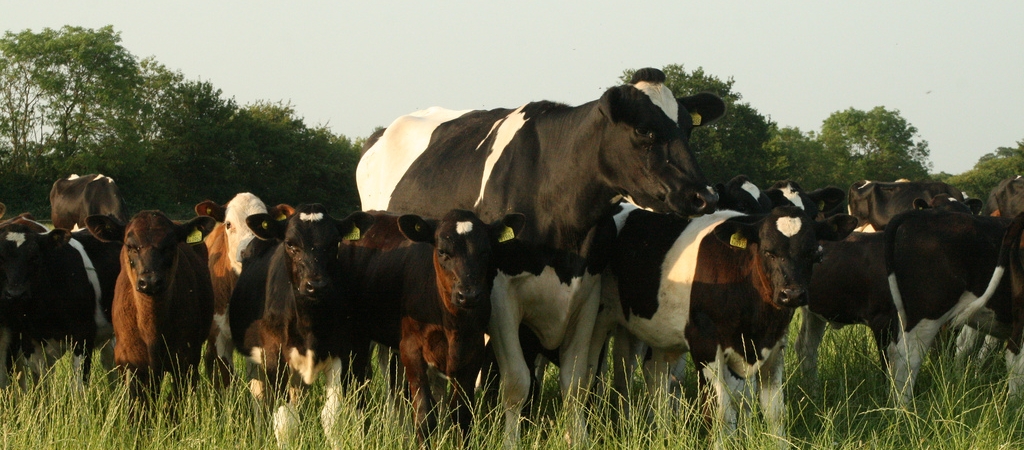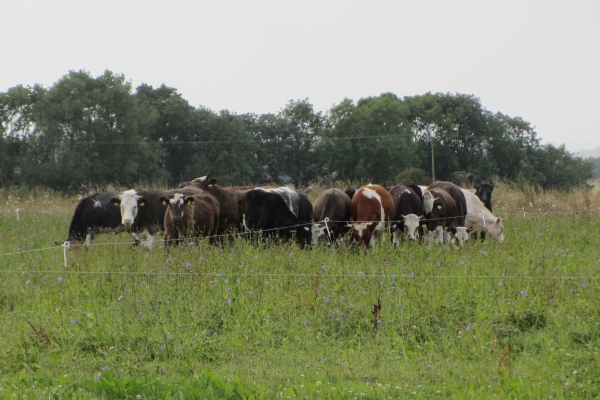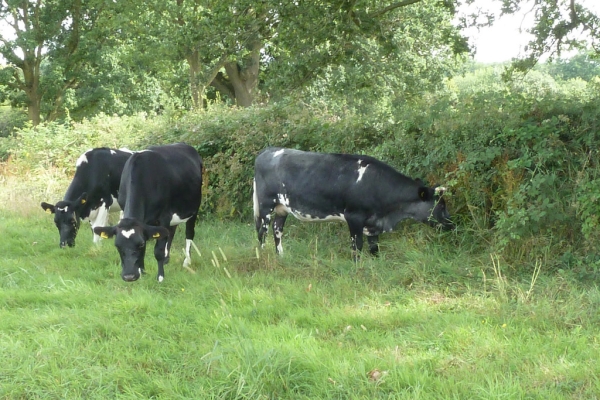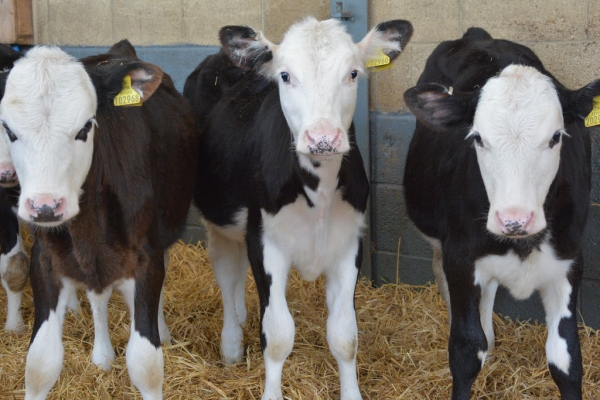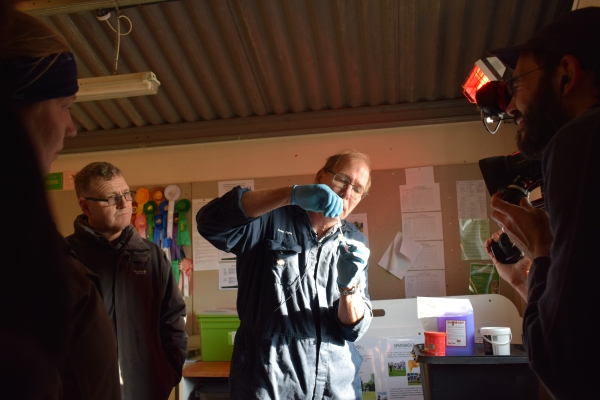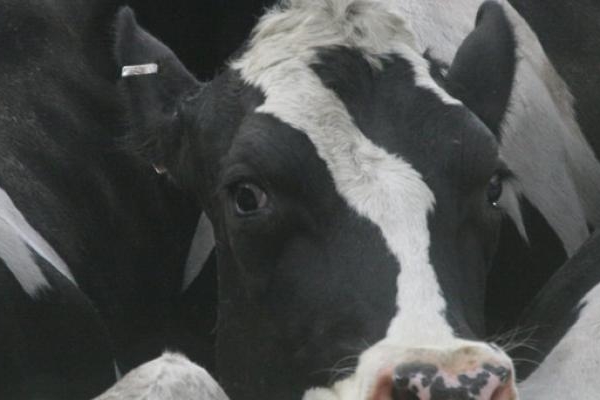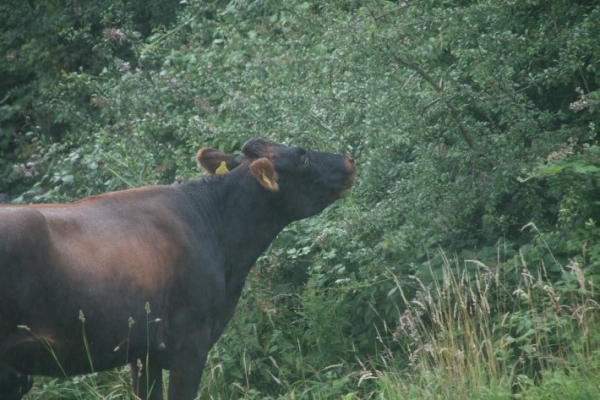Sustainable Organic and Low Input Dairying (SOLID)
The SOLID Farmer Handbook - Technical Notes
Resource explained
It is increasingly recognised that organic and low-input systems can deliver a variety of benefits. However, these systems are faced with constraints in relation to production, health and welfare, and financial and environmental challenges that impact on policy support and volatile markets.
Agricultural scientists and farming experts from 25 institutions across Europe worked for five years (2011 – 2016) on the SOLID project to develop new knowledge and methods to improve the sustainability of organic and low-input dairying systems.
This series of technical leaflets presents key results of the work undertaken and recommendations for farmers. The results are derived from participatory research and more traditional scientific experiments. The 12 technical notes cover three thematic areas: feeding of ruminants with forage-based diets and home-grown feeds; animal management for health and welfare; and wider issues of the environment and economics.
Project scientific articles, reports, workshops and e-learning materials (referenced in the notes) can be found at http://www.solidairy.eu/.
Findings & recommendations
- Applying slurry in the autumn can increase crude protein in the first silage cut of the following year.
- Rotational (mob) grazing systems with high stocking density and longer recovery periods can potentially benefit soil organic matter.
- Bio-diverse pastures with several different legumes and grasses are a sufficiently productive alternative to conventional (i.e. grass/clover) pastures.
- Industry by-products i.e. camelina meal and grape marc, can be used as energy and protein alternatives in low-input dairy farms without negatively impacting on animal performance.
- Silage making with tomato or olive by-products can replace medium quality forage (i.e. oat hay) in dairy goat feeding without compromising milk yields.
- Iodised teat disinfectant is the most important factor influencing the iodine concentration in bulk milk samples; therefore analysis of milk samples is not a robust indicator of dietary iodine deficiencies.
- Rearing calves with milking cows is an innovative farm practice. The importance of sharing good practice in developing farm-specific calf rearing systems is emphasised.
- Treating the udder with liniment mint oil cream can act as a complementary on-farm practice to prevent mastitis incidences as it can lower cows’ somatic cell counts.
